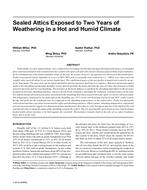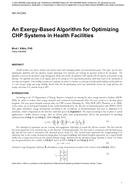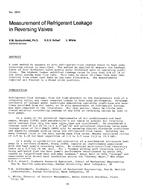Click here to purchase
Smoke, which causes the most deaths in fires, consists ofairborne solid and liquid particles and gases produced when a materialundergoes pyrolysis or combustion, together with air that is entrained orotherwise mixed into the mass. In building fires, smoke often flows tolocations remote from the fire, threatening life and damaging property.Stairwells and elevators frequently fill with smoke, thereby blocking orinhibiting evacuation. For an extensive technical treatment of smoke controland related topics, see the Handbook ofSmoke Control Engineering (Klote et al. 2012), referred to in this chapteras the Smoke Control Handbook. Forthose interested in the theoretical foundations of smoke control, the Smoke Control Handbook includes anappendix of derivations of equations.Balanced Approach to Fire ProtectionFire Stopping at HVAC PenetrationsFire and Smoke DampersSmoke Exhaust FansDesign Weather DataSmoke MovementMethods Used to Control SmokeSmoke FeedbackPressurization System DesignShaft PressurizationPressurized StairwellsPressurized ElevatorsZoned Smoke ControlAtrium Smoke ControlTenability SystemsCommissioning and TestingExtraordinary IncidentsSymbolsNo. of Pages: 26
Citation: 2019 ASHRAE Handbook¿¿¿HVAC Applications
Product Details
- Published:
- 2019
- ISBN(s):
- 9781947192126
- Number of Pages:
- 26
- Units of Measure:
- Dual
- File Size:
- 1 file , 4 MB
- Product Code(s):
- D-A542019IP


